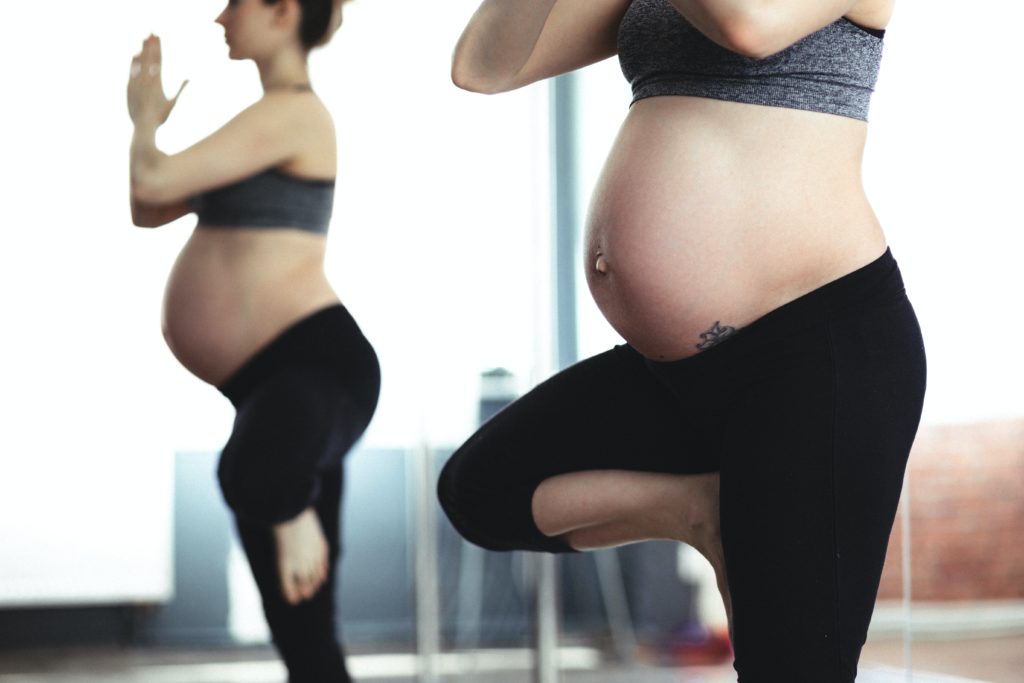Exercising during pregnancy: Dos and Donts

The amount you feel like exercising will obviously depend on your pre-pregnancy routines as much as anything else. If you generally do not exercise, your gradual weight gain from your expanding bump is hardly going to do much to change your attitude. Or maybe it will.
Regular exercise throughout your pregnancy will help you feel at your best, it will help to alleviate aches and pains and common discomforts and most importantly it will help to prepare your body for labour and delivery.
The exercise that you choose should be regular and low impact on the body. It should be comfortable and not excessive in anyway. Try to keep your heart rate under 130-140 beats per minute.
What are the most appropriate activities to do during pregnancy?
Exercises and sports to be avoided at all cost during pregnancy are anything that involve :
Holding the breath.
A risk of falling.
Contact and bumps to the body.
Jumping, hopping, skipping or bouncing.
Twisting of the waist.
Lifting heavy weights.
Adjusting your exercise routine.
As your baby develops you will experience changes in your ability to exercise. You will need to be more vigilant with movement since hormones produced during pregnancy cause ligaments to stretch. This increases the risk of injury. You will notice that more oxygen is needed to do your same routine, giving the feeling of being unfit.
As you gain weight your ability to maintain balance will be more of an effort.
When should I stop exercising?
You should stop exercising and contact your doctor or health care provider you:
Feel faint or dizzy
Nauseous
Have vaginal bleeding
Have an irregular heartbeat
Experience sudden swelling around feet and ankles, hands or face
Experience strange pain
Unusually short of breath
Experience muscle weakness
Experience chest pain
What should I wear during exercise?
Wearing loose-fitting, light layers that are easy to remove during the activity are the most appropriate type of clothing. You should be very conscious about not overheating and being able to strip layers off quickly and easily will allow you to cool off easily. A well-fitting maternity bra or sports bra will offer you the best support during physical activity.
Finally appropriate and supportive footwear is very important if you are to avoid trips and falls.
How soon can I return to exercise after giving birth?
It is always best to consult with your health care provider or doctor on this matter. The type of delivery and any complications during the childbirth will affect when you can return to your fitness routine. Typically one to two weeks after a vaginal birth and three to four weeks after a cesarian. The type of activity should be low impact for the first month. No running or contact sports should be engaged in.
